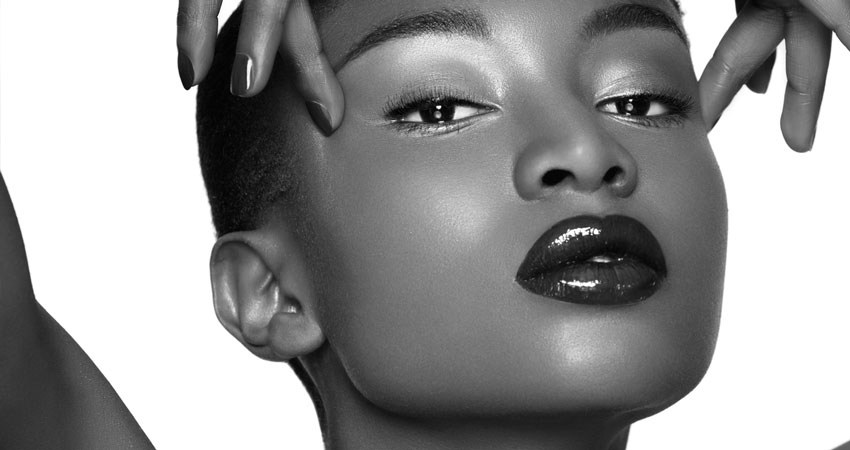
Many individuals struggle with insecurity regarding their natural ear shape. While some ears tend to protrude or point out more, others lack folds leaving patients dissatisfied with the overall structure of their ears. Most patients who choose ear reshaping surgery, also known as otoplasty, do so for the simple reason that they feel their ears distract from the rest of their face, as well that they appear asymmetrical. Otoplasty is also a popular procedure among toddlers and young kids. To protect and prevent them from future excessive bullying, parents opt to have their children’s ears surgically corrected at a young age rather than later in life. The great news is that all ear shapes can be corrected with a procedure that is safe, painless, performed quickly, and involves minimal recovery time.
As with any cosmetic or correction surgery, patients are advised to always seek an experienced, board-certified cosmetic surgeon having routinely performed otoplasty multitudes of times over. Elements’ board-certified cosmetic plastic surgeon Dr. Adibfar has extensive experience performing successful ear reshaping surgeries that lend the most aesthetically-pleasing look. Choosing an inexperienced surgeon leaves patients at a very high risk of inheriting poor results, possibly leading to ears that are left asymmetrical, unnatural looking and poorly stitched, increasing the chance of their ears regaining their former position. Dr. Adibfar makes sure to pay diligent attention to his patients’ needs and concerns, and advises professionally while maintaining their health and safety as the utmost priority. While it is a fairly straightforward surgery, Dr. Adibfar regards otoplasty as an artistic procedure, strongly taking into account each individual patient’s basic anatomy, as well as facial structure, ear contour and symmetry.
Otoplasty can be used to reshape one or both of a patient’s ears. The surgery addresses the ears’ shape, size, symmetry and structure, as well may involve correction to the earlobes and the removal of excess cartilage. There are many techniques, all used for specific reasons to give optimal, distinct results. Dr. Adibfar has skillfully perfected these methods over the years to match exactly to the patient’s ear structure and desired aesthetic. These techniques include pinning, repositioning, scoring, and removal. This combination works optimally to provide each patient with their desired results via safe and individually-tailored procedures.
For patients whose ears protrude extensively, Dr. Adibfar positions the ears closer to the head, while still maintaining an appropriate, natural looking angle and distance between the ears and side of the head. He may also perform otoplasty on patients with cup-shaped ears, those with split ear lobes, as well as patients with ear tags or tubercles.
First, Dr. Adibfar makes markings around the patient’s ear to allow for precision and accurate correction during the procedure. Adult patients are then usually administered local anesthesia, while younger children may need general anesthesia. The procedure typically involves a small incision made behind the ear, making the appearance of any scarring minimal, if not invisible. Then, depending on the patient’s ear shape, Dr. Adibfar may do a variation of the following: remove any excess cartilage, shape the cartilage to form the appearance of an antihelical fold, and use sutures or permanent stitches to symmetrically position the ears. Because our skin naturally consists of ingrained cartilage memory, it’s crucial patients seek the surgical expertise of a cosmetic plastic surgeon like Dr. Adibfar, who will make sure the repositioned ears are permanently held in place with no chance of reverting back into their former contour and position. When stitches are not used properly or safely, the strength of the cartilage memory will slowly begin to bring the ear back to its natural shape as it was before surgery. Dr. Adibfar accurately secures these stitches to allow for permanent results that will not leave the patient needing another ear correction surgery.
The cosmetic procedure takes anywhere from one to two hours to complete, and patients are sent home wearing a headband pressure dressing to secure the ears for the next 48 hours. Patients are advised to arrange for someone to take them home after the procedure and closely look after them for at least one day after surgery. Patients report that recovery is painless and that they sometimes notice swelling of their earlobes, a normal response that subsides after a couple of days.
The bandage is removed 48 hours later at the follow up appointment, and patients happily notice immediate improvement and correction to their ears. Patients are then given a headband to wear for the next two to four weeks to better secure the ears in their new position. During that time, any apparent swelling will have subsided, and patients are able to get back to their work commitments and daily routines with results that leave them feeling more confident about their appearance and more comfortable among their peers.
We are so fortunate enough to live at a time when we have the opportunity to positively change and improve ourselves with the help of expertly-skilled and experienced cosmetic plastic surgeons like Dr. Adibfar. Ear reshaping is a safe, effective, quick procedure that involves little downtime and provides incredibly rewarding results to patients who show marked improvement in their self-confidence and self-esteem.
Click here to learn more or to book a consultation with Elements’ board-certified, award-winning cosmetic plastic surgeon Dr. Adibfar.
